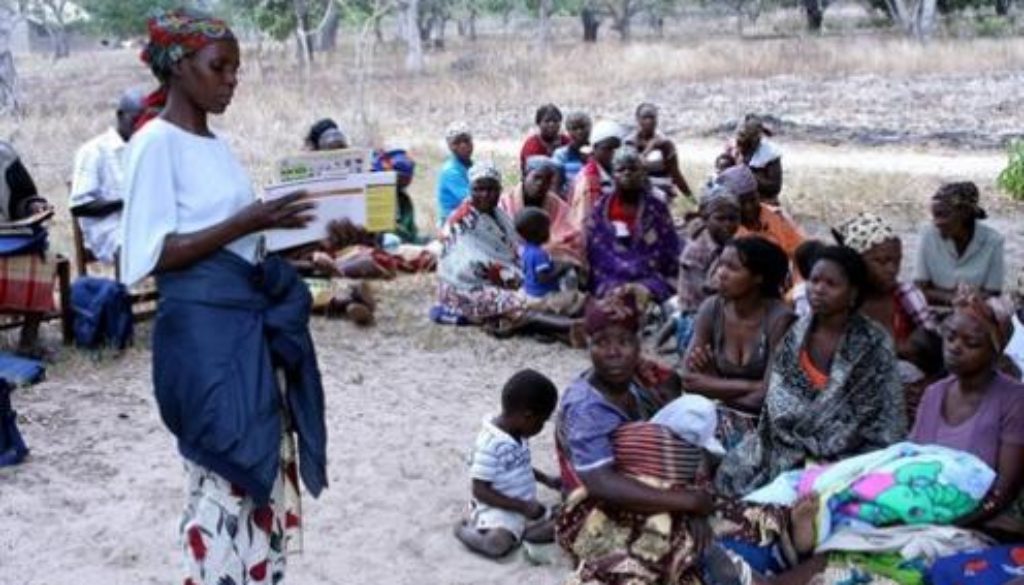Women in the changing world of community health work
This blog explores gender and community health workers in the context of the theme of International Women’s Day: “Women in the changing world of work”.
Lynda Keeru
During US President Obama’s visit to Kenya in July 2015, he warned that nations would not succeed if they continued treating women as “second class” citizens.
Around the world, there is a tradition of repressing women, and treating them differently and not giving them the same opportunities, husbands beating their wives and girl children not being sent to school. Progressive development policies demand that girls get an education. Evidence shows that societies that give daughters similar opportunities as their sons are more likely to progress faster, and when they become mothers are more likely to bring up educated children, Obama said.
We marked International Women’s Day last week with the theme: “Women in the changing world of work.” Many organizations used the day as a launching pad to speak about their initiatives especially around the work they do to ‘empower’ women. The question though is whether women are actually getting empowered and supported to live to their fullest potential? As a participant at REACHOUT’s 7th consortium meeting in Nairobi, celebrating and acknowledging the day alongside fellow women, evidence showed that perhaps, there is very little empowerment that has occurred, especially for female Community Health Workers (CHWs).
Roles within the health workforce are highly gendered and health systems rely on a foundation of health workers that are often female, informal, poorly remunerated and poorly supported. Globally, it is estimated around 70% of CHWs are female and those unpaid are most likely to be female. In many contexts, the job is on a voluntary basis. According to the World Bank, there is a significant gender gap in earnings and wages, even after controlling for industry and occupation. UNHLP Report on Women’s Economic Empowerment reports that the unexplained gender pay gap reveals gender discrimination.
Women continue to volunteer and persevere amidst these harrowing challenges because they best ‘know where the shoe pinches’. Of particular interest is the fact that, much as the majority of CHWs are women and know exactly what happens on the ground, they are rarely incorporated into decision making committees at village and community levels. As aforementioned, female CHWs face a myriad of challenges as they execute their duties. In the course of their home visits, they are accused by their husbands of extramarital affairs that sometimes culminate in gender based violence. On occasion, they are accused of disregarding their household chores as they carry out their CHW roles. There are other barriers including poor terrain and transport barriers, insecurity including rape cases in some instances, among others that they have to deal with and overcome in their daily service.
Women are the chief caretakers of their families and are natural researchers. CHWs have untapped insights around gender, equity, power struggles and this should be tapped to build more responsive health systems. When any of their family members are unwell, they suffer incredibly. Not all get remuneration in their roles as CHWs, some are motivated by the fact that healthier children and families mean a burden less off their shoulders.
Strong gender mainstreaming is required where both men and women share in the execution of CHW tasks. We need to create awareness among the CHWs of their rights, and how inequity affects health. This will tackle harmful gender norms and behaviours in their communities. Women should be given a seat at the table to identify their issues, get solutions to them, and get involved in decision making. We need to include this vital interface cadre in debates and efforts to support women’s leadership in health.
Women’s career progress needs to be fostered and gender parity in leadership positions addressed. The voice of the woman needs to be strengthened and heard collectively. When women are given greater opportunities to participate in the economy, the benefits extend far beyond individual girls and women but also to societies and economies as a whole.
This blog was originally posted on the REACHOUT Consortium website

